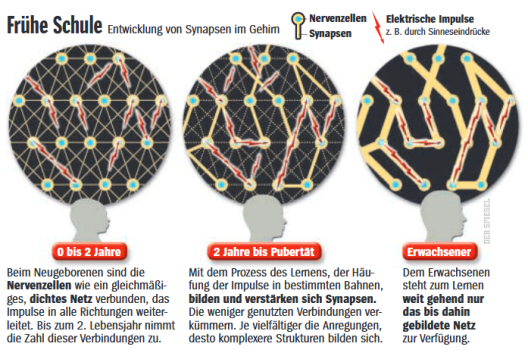The word “learn” derives from the Gothic lais, meaning “I know” and the Indo-Germanic word lis, meaning “to go” (Wasserzieher, 1974). The etymology of the word points to the fact that learning is a process. The learning process consists of:
- planning
- expanding knowledge and ability by absorbing, processing and saving information
- applying new knowledge and skills
Before the course: Plan on what you would like to learn
In contrast to children, adults have to define relevant learning goals on their own.
As a learner, you will only be motivated to attend each lesson and retain the content if you set your own learning goals and are familiar with how best you learn. Ask yourself the following questions:
- How strong is my motivation? (determine your motivation)
- What am I especially interested in? (focus on your topics of interest)
- What do I want to know and be able to do after the course?
- What do I already know about the topic? What am I already good at?
- How do I learn best? What teaching and learning formats are planned for the course?
By making a plan, you can ensure that you will feel comfortable in the course.
During the course: Process new content and information
During the course, we recommend writing a learning diary. This tool can help you absorb and process new information in a personal way.
The learning diary encourages you to start planning how you want to apply what you’ve learned even before the course has ended. According to the well-known 72-hour rule, you should start implementing any plan you want to achieve within 72 hours, otherwise the likelihood of ever achieving your goal will drop to one percent.
This is a learning diary template which you can extend for as long as you wish.
After the course: Put what you’ve learned into practice
Work with a partner or in a small group from the same course and help each other apply what you have learned. Arrange a meeting and discuss your plans. Use the discussion to talk about your successes and failures, what you’ve achieved, where you haven’t succeeded so far and possible reasons why. Only then can you learn in a sustainable way!
We also recommend meeting with your supervisor after the seminar/training session to discuss ways to implement what you’ve learned in your everyday routine. Your direct supervisor is, in fact, your personnel development advisor on location. It is best to speak openly about what kind of support you need to achieve your objectives. Also make an appointment to provide your supervisor feedback on your learning progress.


